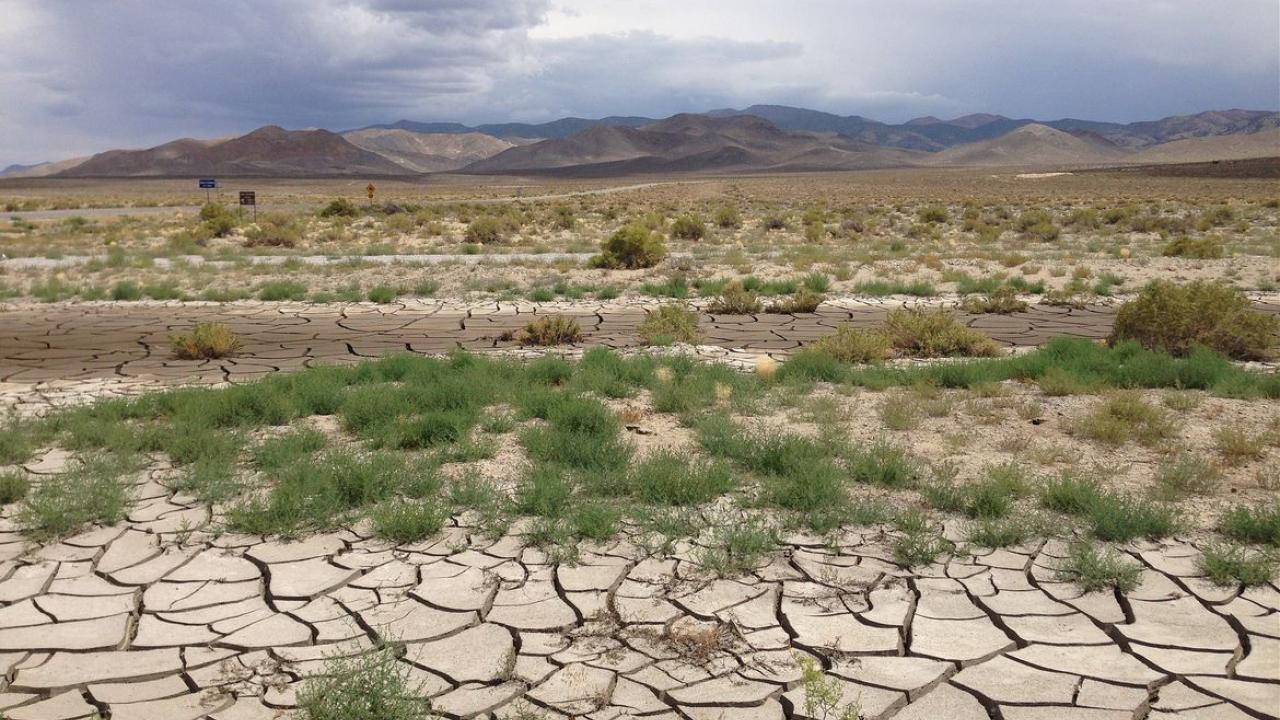New research led by UCLA geographer Park Williams was recently published in the journal Nature Climate Change. The study revealed that the megadrought, a drought lasting two decades or more, currently being experienced in southwestern North America is the region’s worst in at least 1,200 years. A collaboration between scientists from UCLA, NASA and Columbia Climate School, this research also assessed the relationship between drought severity and climate change.
Researchers calculated the intensity of droughts by analyzing tree ring patterns. This data source provides insights about soil moisture levels each year over long periods of time, with measurements being verified against historical climate data. When looking at tree rings, periods of severe drought are marked by high degrees of “soil moisture deficit,” a metric which describes how much less moisture soil contains compared to normal saturation.
Some of the takeaway findings include an understanding that while existing climate models suggest that the current drought would have been hard-hitting no matter what, it is human-induced climate change which is responsible for about 42% of the soil moisture deficit. This is due to climate change leading to warmer temperatures, which leads to increases in evaporation, which ultimately dries out soil and vegetation and increases the extremity of drought conditions.
Moving forward, Williams notes that while reactionary initiatives such as cutting water allocations from the Colorado River and declaring drought emergencies can help alleviate short term stress, it will take long term water conservation efforts to ensure that people have access to water. This will be especially important as climate change continues to intensify over time.
Learn more about the study and its specific findings at UCLA Newsroom.
Study Authors
Park Williams, UCLA Department of Geography, Lamont-Doherty Earth Observatory of Columbia University
Benjamin I. Cook, Lamont-Doherty Earth Observatory of Columbia University, NASA Goddard Institute for Space Studies
Jason E. Smerdon, Lamont-Doherty Earth Observatory of Columbia University
Image Source: Famartin/Wikimedia Commons





